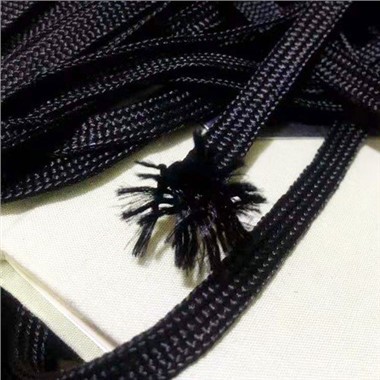Application of pigment carbon black in ink and paint
May 12, 2022
First, before choosing, you need to consider the requirements you want to achieve with carbon black. Coloration, blackness, and dispersion, UV resistance or conductivity. Of course, it is very simple for someone who has been in the industry for many years. However, those who do not understand carbon black need to communicate with an experienced carbon black technical engineer to jointly perform a technical evaluation of the material system and select the appropriate carbon black variety. Generally, carbon blacks for coloring are those with high blackness and small particle size carbon blacks, but the carbon black must be properly and completely dispersed, otherwise it will not meet its own requirements. The carbon black used for color matching needs to choose a carbon black with high blackness, large particle size and easy dispersion. If you want to use carbon black to achieve UV resistance, you should choose carbon black with medium particle size and slightly higher structure, which has better UV resistance.
Among them, the blackness of pigment carbon black is actually the reflectivity of carbon black. It is usually expressed as data measured by reflectance. The higher the blackness, the lower the reflectivity. Blackness can also reflect the original particle size of carbon black. Generally, the higher the blackness of carbon black, the smaller the particle size. The volatile content of carbon black indicates the number of oxygen-containing groups on the surface of carbon black and reflects the physical, electrochemical and application properties of carbon black. The structure of carbon black, a characteristic value of the degree of branching formed by the aggregates of carbon black particles, indicates the level of voids inside the carbon black, usually expressed as an oil absorption value.
The point mentioned above is the dispersibility of pigment carbon black. The dispersibility of pigment carbon black is very important in the application process. Depending on the optical properties, the pigment must be dispersed in a fine particle state. Carbon black is a pigment that is difficult to disperse in all pigments. Therefore, the dispersibility of carbon black directly affects the blackness, hue and opacity of carbon black. This ability directly affects the use of pigmented carbon blacks






